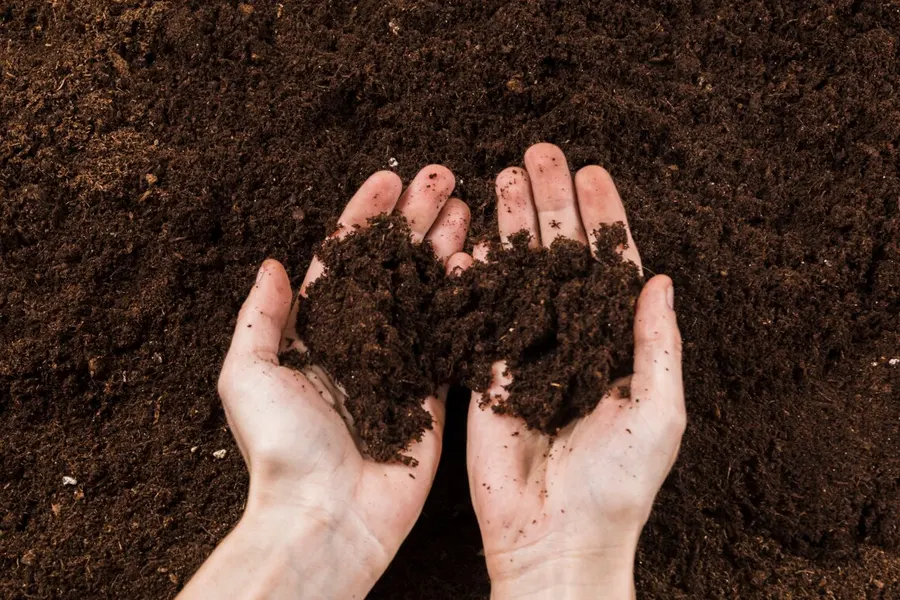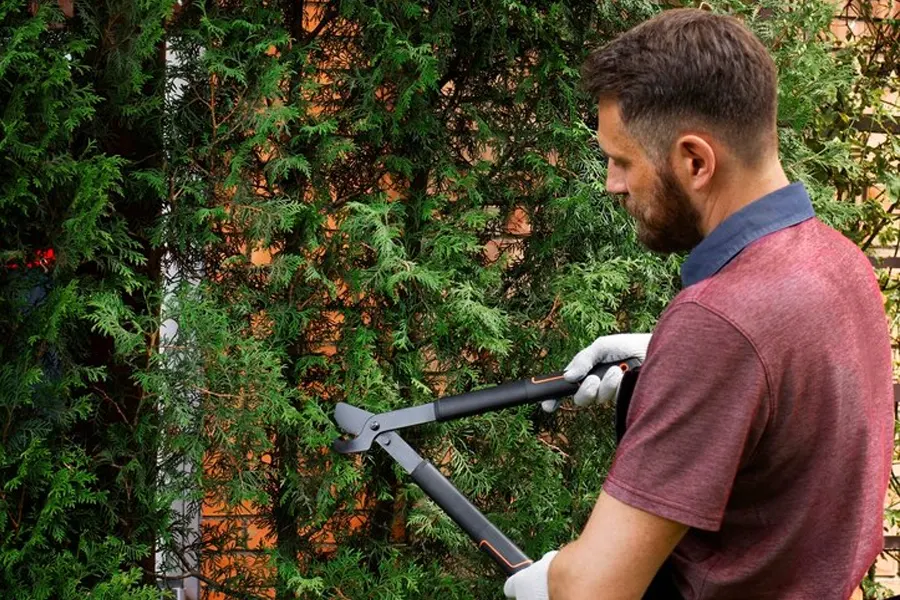- Call us now
- (813)-928-5785
- Email at
- TreeSquirrelz@gmail.com
Tree Planting
Trees and shrubs are the frame work of most landscapes and gardens, and most assuredly add considerable value to any landscape. They are the quiet achievers that are always there, and that give the landscape or garden it’s character. They are also generally the longest lived plants and should be considered first when planning and designing a landscape. Careful consideration should be given when planting trees in the landscape. Matching the tree to the planning site is of critical importance. Taking this initial step will help to avoid many of the problems associated with healthy growth and development. The best planting practices and procedures known will not save a tree poorly suited for it’s site. Trees have requirements and the planting site must meet or exceed these requirements, if optimal growth and development are to be expected.


These trees are declining because the planting area is inadequate for sufficient root development

Early leaf drop is a common symptom of stress which in this case is caused by a poor planting site

This tree trunk is being girdled by the steel grating and will eventually decline.

Nothing more need be said here large growing trees should never be planted under electrical transmission lines they will inevitably have to be severely cut back which often leaves them disfigured.

This is in fact the single most important factor influencing the success of a tree. Aside from making sure that there is enough space above and below ground for proper development, the climate conditions, soil chemistry and composition and water/nutrient availability must be considered as well. Of particular concern is soil PH. While soil amendments can be added to increase fertility, attempts to alter soil PH are usually futile as a soil will normally always revert back to its original PH over time. As the parent bedrock material breaks down buffering capacity is created. Many soils have a high buffering capacity, which is a built in resistance to changes in ph. This and the fact that there is such a large volume of soil in the root area of larger growing trees, make altering soil PH for any length of time impractical.
In some cases such as in arboretums, pre- fabricated ecosystems in theme parks and with containerized plants and trees, altered soil PH levels can become sustainable. If altering soil PH is desired, sulfur can be added to lower PH thereby increasing acidity and lime can be added to raise soil PH thereby increasing alkalinity. A PH of 7 is neutral. Most trees and shrubs prefer the 4.8 to 7.2 range. It is wisest to select trees that are tolerant of the soil PH conditions at the planting site.
Proper watering and Proper drainage are by all means important considerations when cultivating trees. If these are not adequate, conditions conducive to the development and spread of diseases and root rot pathogens can arise. Several common speicies of Basidiomycetes fungi come to mind (Ganoderma) , G. curtisii /G. lucidum and (Armilaria) (A. sinapina)/ A. tabescens and A. mellea which is a very virulent strain. The geographical and host ranges of these Basidiocarps overlap broadly throughout North America.
There are also certain strains of Phytophthora of the genus oomycetes which are technically not considered fungi. There are sixty known species, with more discoveries likely. The spread of this particular pathogen is exacerbated by overly wet or flooded soil conditions. Interestingly enough, aside from phytophthora drought conditions can cause proliferation of these same organisms. Hence environmental factors can predispose trees to decline. There are many other problems that can be multiplied by adverse environmental conditions. Entire volumes could be written on the subject and indeed have.

Soil texture is one of the main factors affecting drainage. i.e.(Heavier clay soils tend to drain more slowly than sandy soils). Still yet another factor influencing the success of a tree is the depth of the planting hole. Ideally the planting hole should be 2 to 3 times the width of the root ball at the soil surface, sloping down to about the width of the root ball at the base. The hole should never be deeper than the root ball and in fact in heavier clay soils which do not drain as readily, planting depth should be slightly shallow by 3 to 5 inches.

Generally it is recommended to backfill the hole with the same soil dug out of the hole. Research has shown that soil amendments do not provide any benefits for tree establishment and growth (at planting time) unless the natural soil is so poor that it restricts root growth. In these cases the soil may have to be amended to improve structure, water holding capacity or drainage. If the backfill must be amended the hole should be very wide to allow for several years of growth in the new soil.

Because heavier clay soils drain slowly, the planting hole may act as a dish and hold water. Under these saturated conditions, oxygen levels are insufficient. When planting large trees in poorly drained areas the installation of a tile drainage system may prove beneficial.(more about this in our irrigation and drainage section) In contrast to popular opinion putting gravel in the bottom of a planting hole does not aid in drainage. Water will accumulate in the finer textured soil above the coarse gravel layer until the soil is completely saturated, creating a perched water table.


Bare-root trees are usually small and easy to transplant. Many deciduous species such as Elm (Ulmus) and Maple (Acer) are available this way. It is imperative however that the roots be kept moist. If not planted immediately, bare-root trees should be stored cold at 32 to 40 degrees Fahrenheit (0 to 10 degrees Celsius), with hydrogel or moist packing around the roots. Normally only conifer seedlings.and deciduous trees are handled bare root. These are best planted during the dormant season, before roots and buds begin to grow. When planting bare-root trees, a small compacted mound should be formed in the bottom of the planting hole. The roots should then be teased apart and distributed evenly over the mound. Once planted, bare-root trees should be staked to minimize movement due to the limited root system.

A bare root tree being planted

Root Flare

This oak tree is planted too deep, no root flare
When purchasing containerized trees, or trees that have been balled and burlapped, it is absolutely necessary to locate and expose the natural root-flare. Often time trees arriving from the nursery will have soil mounded too high up on the trunk due to improper production techniques. Once again planting too deep must be avoided.

Girdling roots left unchecked can eventually kill a tree

This dead tree was field grown but was never properly root pruned before extraction

Proper root pruning is essential for transplant survival

A properly prepared root ball
To ensure proper growth and development, the top of the root ball should be even with or slightly higher than the soil grade. A particular note of interest regarding containerized trees is the potential for the development of girdling roots. This often occurs as a result of the tree having outgrown it’s container. These circling roots should be teased apart, and spread outward when planting. If this is not possible they should be cut in two places. If girdling roots are allowed to remain unchecked, they can eventually choke off vascular tissues causing the dieback of limbs or even the entire tree.
Years ago most trees were field grown in the ground, transplanting often resulted in shock and many times the transplanted tree did not survive.
If you decide to purchase a field grown tree, make sure it has a compact root system. Ask if the tree has been root pruned to minimize transplant shock. This process usually begins about a year or so before the tree is extracted from the ground. This reduces the root ball to a manageable size, and brings about the growth of a mass of fine new absorbing roots to nourish the tree in it’s new home.

A general rule of thumb is 10 inches of root ball for every inch of trunk caliper, and thus a tree with a trunk diameter of 12 inches would require a root ball diameter of 120 inches or 10 ft. Also make sure the tree has been properly watered, cultivated and fertilized. Field grown trees are usually balled and burlapped for transport. Provided that they are correctly cultivated, extracted and transplanted field grown trees can be a valuable asset to any landscape. These days the majority of commercial nurseries grow trees in containers, which reduces the potential for transplant shock. Container grown trees can vary from 10 to 25ft in height. Aside from considering how the tree is grown and packaged, you will want to choose a tree that has a strong central leader or trunk with well spaced scaffold limbs and good structure (more about this in our pruning section).

Florida is famous for many things, but most of all for it’s abundance and diversity of trees and palms. Our state truly is a growing paradise with the widest range of palms , evergreens, deciduous and flowering trees to be found anywhere in the continental United States, which presents a myriad of possible choices. The few trees shown here are some good examples; by no means do they represent a complete selection. If you desire specific information regarding the cultivation of a certain tree and a more thorough listing of possibilities, there are many fine tree and plant manuals that can provide information on Florida native trees and palms as well different exotic species. As always we recommend planting with Florida natives.

Whatever you decide to plant, the choices are virtually endless for example, will you be planting evergreens with their superior shade provision, or deciduous with their generous compost supply? Think of deciduous trees as nature’s sunlight regulators they are bare during the winter allowing in warmth and light, and during the summer months they are full with shade producing foliage.
There are many broadleaf species of evergreen the southern Live oak (Quercus Virginiana), the Camphor (Cinnamonum Camphora) and the Eucalyptus red river gum (Eucalyptus Camaldulensis) are three good examples.



